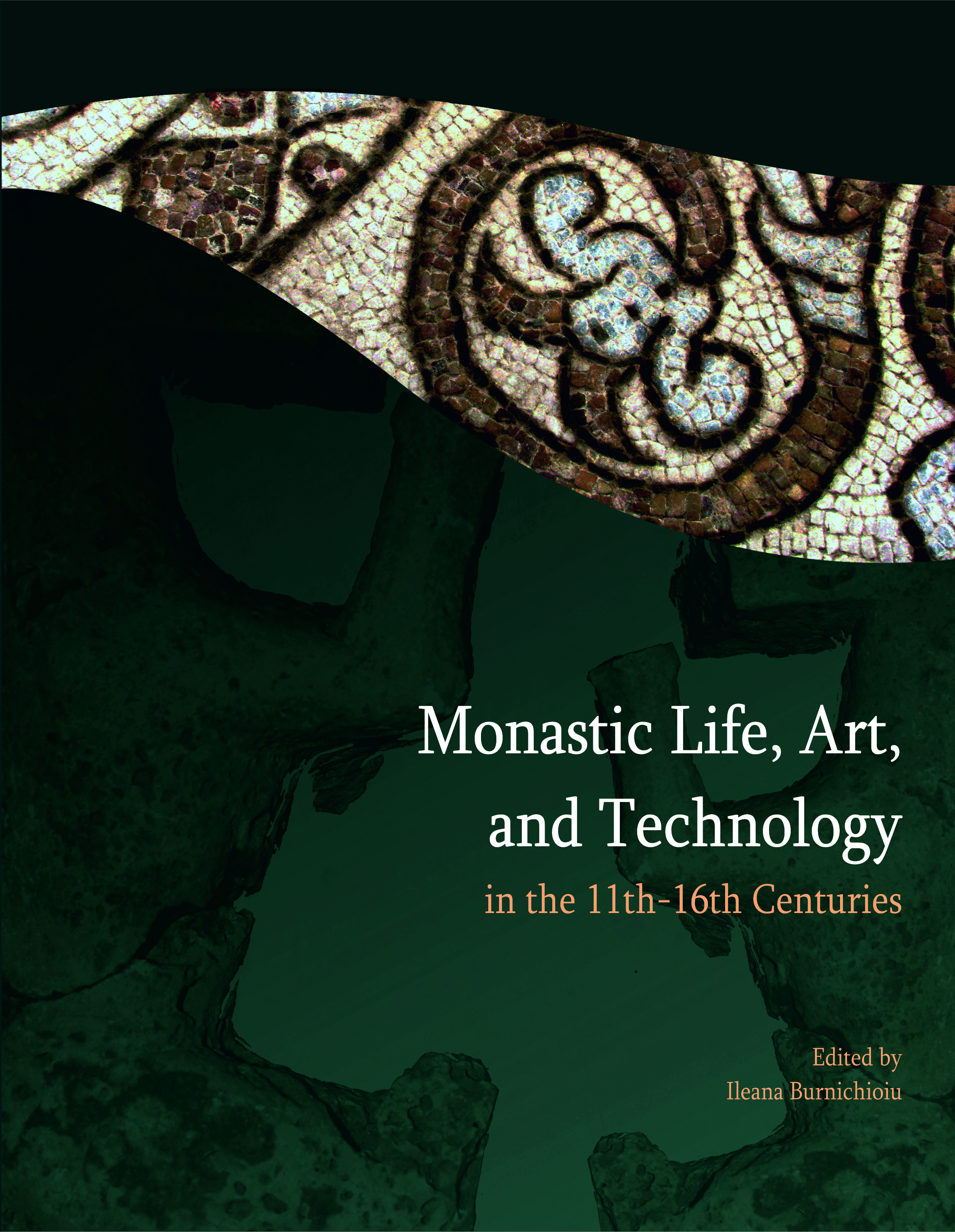Archaeometric analysis of mosaic tesserae and a ‘red marble’ decorative stone from the Bizere monastery (Arad County, Romania)
Archaeometric analysis of mosaic tesserae and a ‘red marble’ decorative stone from the Bizere monastery (Arad County, Romania)
Author(s): Bernadett Bajnóczi, Dorottya GYÖRKÖS, Viktória MOZGAI, Mária TóthSubject(s): History, Archaeology, Geography, Regional studies, Historical Geography, Middle Ages
Published by: Editura Mega Print SRL
Keywords: roman and medieval marble; decorative rocks and ceramics; optical and cathodoluminescence microscopy; X-ray diffraction; electron microprobe; stable isotope analyses;
Summary/Abstract: A large variety of building and decorative materials, including mosaic tesserae, were discovered during the archaeological excavation of the medieval Bizere monastery. In order to assess the material usage for the decorative elements of the monastery, several tesserae made of rocks and ceramics and a “red marble” decorative stone were studied using optical and cathodoluminescence microscopy, X-ray diffraction, electron microprobe, and stable isotope analyses. Most of the studied tesserae consist of metamorphic rocks such as white marble, quartzite, greenschist, hornfels, and “serpentine marble” (ophicalcite). Magmatic rocks (basalt) and sedimentary rocks (sandstone, limestone, and breccia) were also identified. Based on the geology of the region we can assume that most of the rocks have a local source in the Southern Apuseni Mountains or in the Poiana Rusca Mountains. Moreover, the Mureş Valley, that is the alluvial pebbles of the Mureş River, could also be a possible source for the rocks. Some of the white marbles may originate from the Southern Carpathians (Bucova/Zeicani). The “red marble” found at the site is a bioclastic nodular limestone containing a large amount of Middle Jurassic Bositra shell fragments. Its petrographic and stable isotope characteristics point to a distant source, the Gerecse Mountains in Hungary. The possible local or distant sources of some white marble mosaics and other unique tesserae made of “serpentine marble” and black-and-white breccia are still to be identified. The ceramics studied are diverse in appearance including grey, red, and sandwich-structured mosaic tesserae and a red brick. All but one was made from clay intentionally tempered with sand, most probably from the Mureş River. The phase composition of the ceramics suggests a firing temperature of ≤650-700 °C.
Journal: Annales Universitatis Apulensis Series Historica
- Issue Year: 19/2015
- Issue No: Special
- Page Range: 261-274
- Page Count: 15
- Language: English
- Content File-PDF

